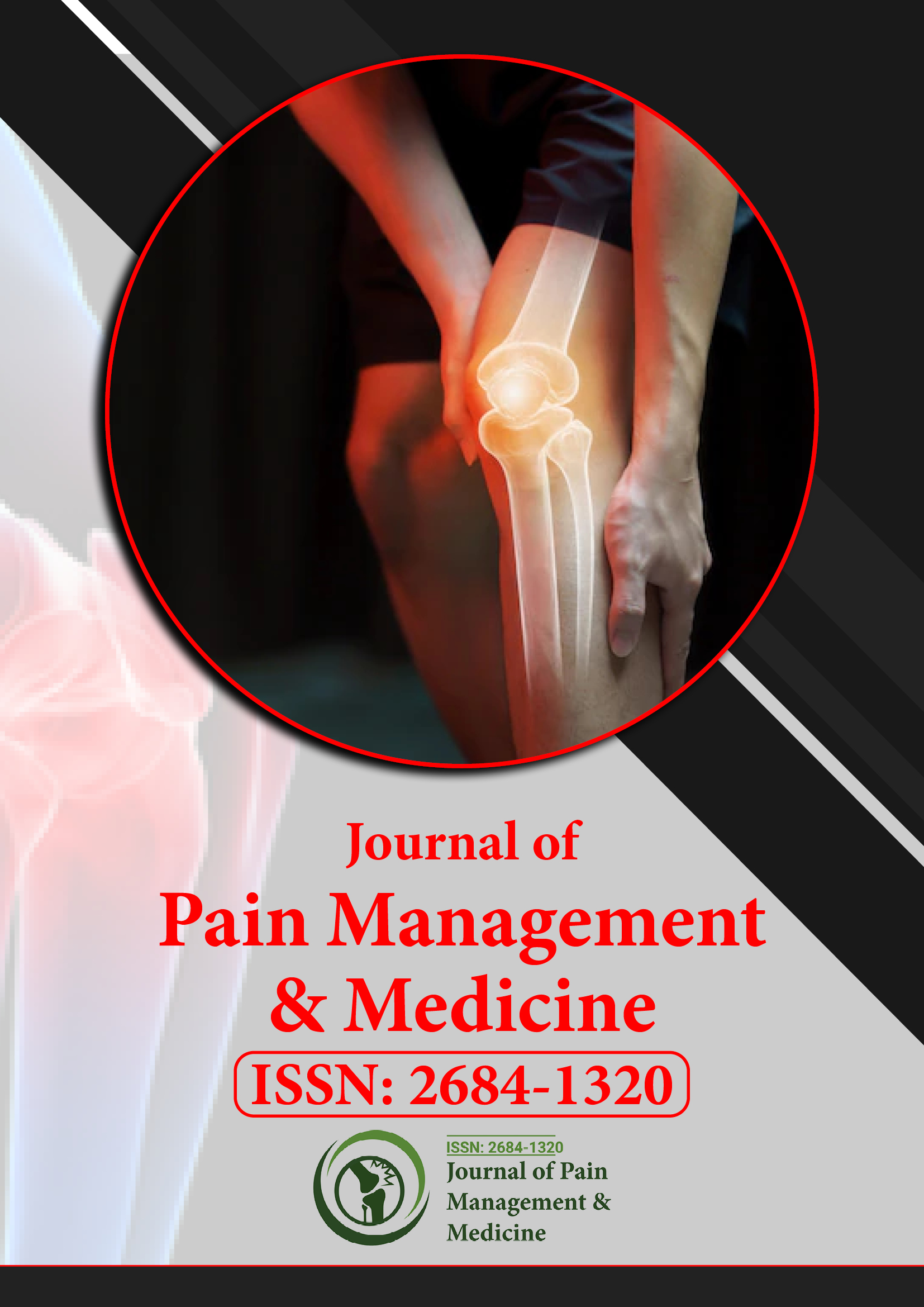Индексировано в
- RefSeek
- Университет Хамдарда
- ЭБСКО АЗ
- Паблоны
- Евро Паб
- Google Scholar
- Качественный рынок открытого доступа
Полезные ссылки
Поделиться этой страницей
Флаер журнала

Журналы открытого доступа
- Биоинформатика и системная биология
- Биохимия
- Ветеринарные науки
- Генетика и молекулярная биология
- Еда и питание
- Иммунология и микробиология
- Инжиниринг
- Клинические науки
- Материаловедение
- медицинские науки
- Науки об окружающей среде
- Неврология и психология
- Общая наука
- Сельское хозяйство и аквакультура
- Сестринское дело и здравоохранение
- Управление бизнесом
- Фармацевтические науки
- Химия
Абстрактный
Жаропонижающее, противовоспалительное и антиноцицептивное действие водного экстракта коры акации нильской (Acacia Nilotica (L.) Delile на мышей-альбиносов
Сафари В.З., Камау Дж.К., Нтига П.М., Нгуги М.П., Оринда Дж. и Ньяги Э.М.
Acacia nilotica использовалась для лечения нескольких заболеваний, включая боль, воспаление и лихорадку. Однако ее эффективность не была научно подтверждена. Поэтому целью данного исследования является изучение антиноцицептивной, жаропонижающей и противовоспалительной активности ее водных экстрактов. Экстракт растения был собран в округе Лойта, округ Нарок в Кении. Для данного исследования было использовано в общей сложности 96 мышей-альбиносов со средним весом 20 г. Антиноцицептивная активность определялась с помощью теста на корчи, вызванные формалином. Корчи регистрировались секундомером после растяжения живота и/или растяжения по крайней мере одной задней конечности. Противовоспалительная активность устанавливалась с помощью теста на воспаление, вызванное формалином. Почасовые изменения размеров лап и уменьшение отека вокруг лап определялись с помощью штангенциркуля Вениера. Жаропонижающая активность определялась с помощью пирексии, вызванной пивными дрожжами. Температура каждой мыши определялась ректально с помощью термозондового термометра. Водные экстракты листьев A. nilotica уменьшали боль, воспаление и лихорадку в основном при дозе 150 мг/кг веса тела. На основании этих результатов был сделан вывод, что настоящее исследование продемонстрировало антиноцицептивный, противовоспалительный и жаропонижающий потенциал водных экстрактов листьев A. nilotica у мышей-альбиносов и послужит хорошим биоресурсом для создания легкодоступных растительных составов, которые более эффективны при лечении боли, воспаления и лихорадочных состояний, которые дешевле обычных синтетических препаратов и не имеют побочных эффектов.